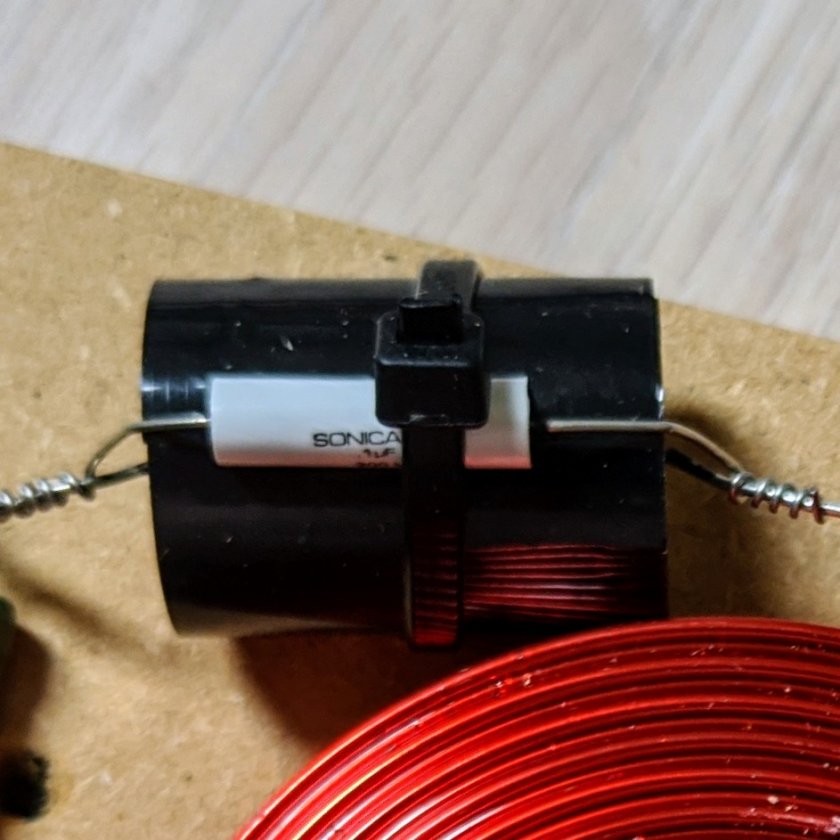I'm still not 100% clear. A google search brings up a ton of explanations, but none of which I've read so far are particularly helpful. I have three questions:
1. If the bypass cap is passing only the highest frequencies, how does that improve the sound since the main cap is also passing the highest frequencies simultaneously?
2. Bypass caps can go on the midrange, as well. What role is the bypass cap playing -- is it passing the highest frequencies within the midrange band?
3. What benefit is there to have a bypass cap of the same quality as the main cap?
Thanks.
1&2 share a similar reason. Smaller caps discharge more quickly than larger ones, allowing them to pass the highest frequencies more cleanly, where a large single cap will tend to "smear" those higher frequencies.
I believe for mid range circuits, it follows a similar principal, but the capacity is larger than those used on a tweeter circuit, (since both the top ranges are knocked out of the signal), allowing the upper-mid range to pass more cleanly in the same manner.
3. Cost ususally, but even if they're both ultra-high quality copper/waxpaper caps, the highest frequencies still benefit from a bypass cap thanks to their faster discharge rate.
Heres the one on my base XLS:

And the one on mikeeastman's NX Studio:

Both do the same thing but are totally different quality levels.